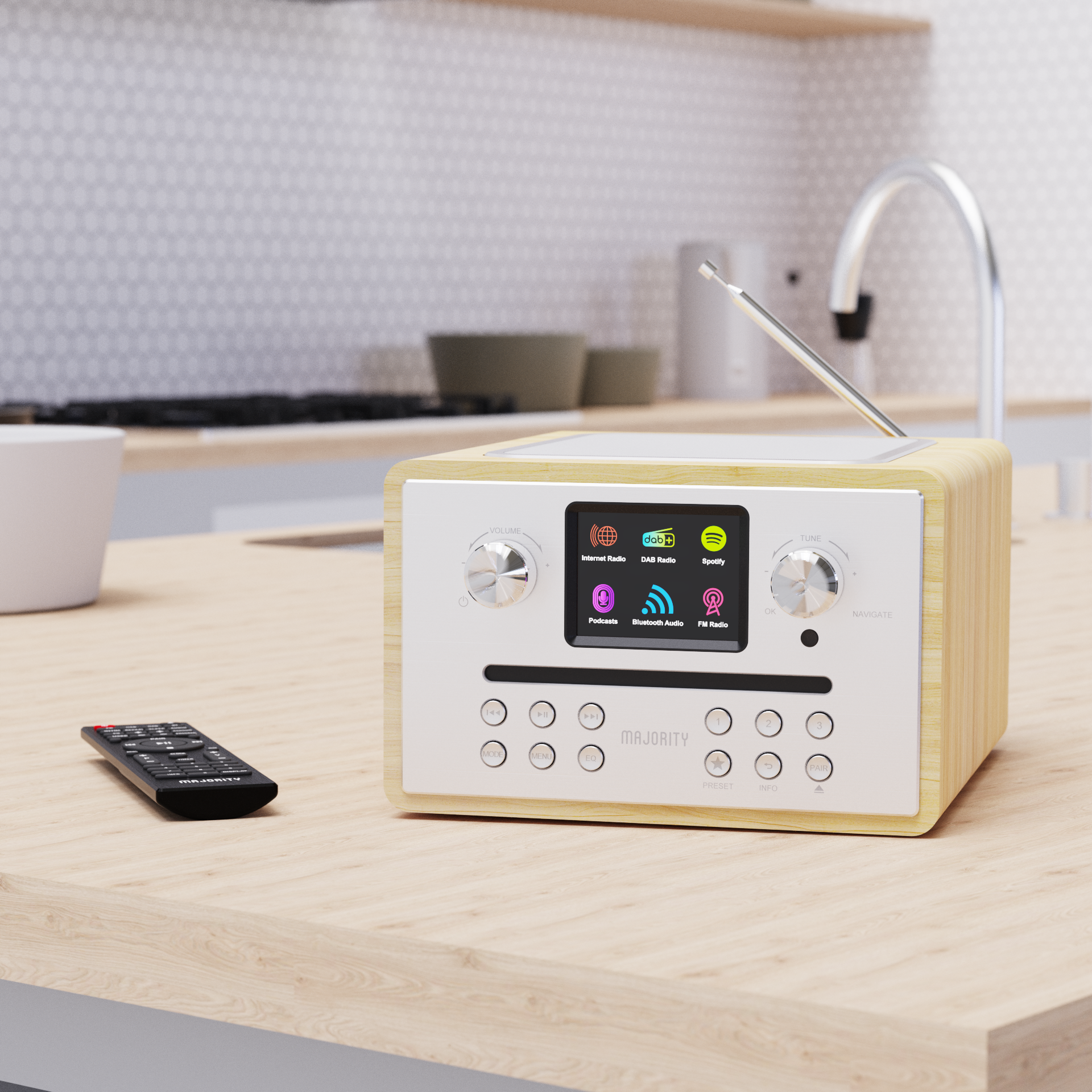
Understanding the true efficacy and purpose of lab testing is crucial for consumers navigating the vast options of supplements, alternative remedies, and other such products, among which, kratom edibles have sparked interest, stirring a conversation about the reliability and understanding of lab testing. This article aims to debunk common myths surrounding lab testing to equip consumers with the knowledge they need to make informed decisions.
The Misunderstood Purpose of Genetic Testing
It’s a common misconception that genetic testing serves no purpose once a disease, such as breast cancer, has been diagnosed. However, understanding the genetic underpinnings of disease can offer critical insights into the patient’s future health risks and inform more targeted prevention and screening strategies. Some specialists emphasize the importance of genetic testing for individuals with breast cancer, not only for their own future health management but also for the potential implications for their family members. This proactive approach can significantly impact the early detection and prevention of related cancers.
Identifying genes like BRCA1 and BRCA2, which can significantly increase the risk of developing certain cancers, is a pivotal step in preventive healthcare. The knowledge gained from such testing can guide individuals in taking proactive measures, such as more frequent screenings or even preventive surgeries, to mitigate their cancer risk. Dr. Pal highlights the life-saving potential of recognizing inherited cancer risks, underscoring the importance of genetic testing beyond the immediate diagnosis.
Debunking Drug Testing Myths
Drug testing in the workplace has often been associated with lengthy, invasive procedures that both employers and employees dread. However, advancements like fingerprint drug testing have revolutionized the process, offering a quick, non-invasive, and hygienic method. This approach dispels myths about the complexity and discomfort of drug testing, proving that it can be efficiently integrated into workplace safety protocols without causing disruption or discomfort.
Another widespread myth is that effective drug testing is prohibitively expensive and requires specialized facilities. The advent of fingerprint drug testing challenges this notion, demonstrating that accurate and reliable drug testing can be both affordable and adaptable to various settings. This innovation ensures that companies of all sizes can implement drug testing programs, promoting a safer and more productive workplace environment.
The Role of Screening in Preventive Health
Screening is often viewed as an unequivocal good, with the assumption that more screening naturally leads to better health outcomes. However, this perspective overlooks the complex balance between the benefits and potential harms of screening. False positives, overdiagnosis, and the psychological impact of screening must be carefully considered against the potential for early disease detection. The discussion around screening needs to be nuanced, recognizing that not all screening tests are created equal and that the decision to screen should be made on an individual basis after thoughtful consideration of the specific context and potential outcomes.
The belief that earlier detection of disease always leads to better outcomes is another myth that requires scrutiny. While early detection can be beneficial for some conditions, it is not a universal solution. The effectiveness of screening and early detection depends on a variety of factors, including the nature of the disease, the availability of effective treatments, and the individual’s overall health profile. It’s essential to approach screening with a critical eye, understanding that it is one tool among many in the prevention and management of disease.
The Bottom Line
Lab testing, including genetic screening and drug testing, plays a crucial role in modern healthcare and safety protocols. However, misconceptions about the purpose, effectiveness, and implementation of these tests can lead to confusion and misinformed decisions. By debunking these myths, consumers and patients can better understand the true value of lab testing in promoting health, preventing disease, and ensuring safety in various settings. Whether it’s through informed discussions or the latest advancements in drug testing technology, empowering individuals with accurate information is essential for making health-related decisions that truly benefit their well-being and safety.













